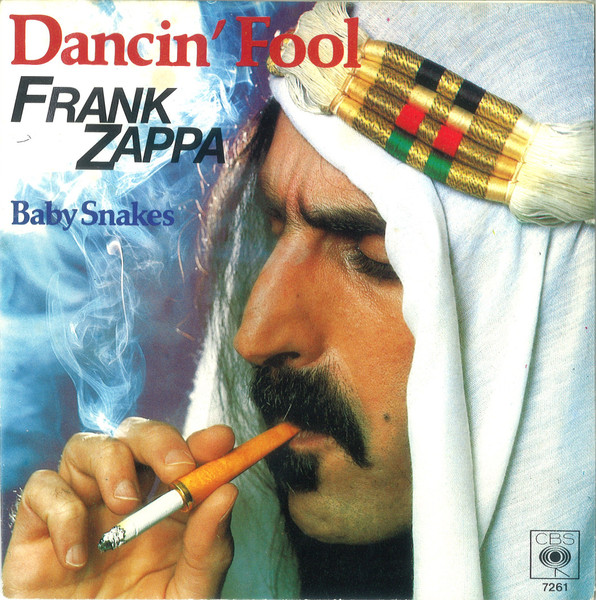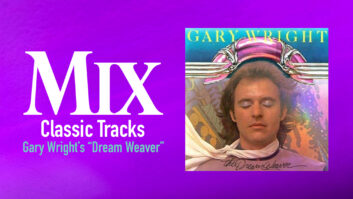The disco era that brought us Saturday Night Fever, spoons on chains, and satin everything spawned an unintentional subgenre: “disco sucks” music. Rockers laughed and cheered for Steve Dahl’s parody of Rod Stewart’s “Da Ya Think I’m Sexy” (“Do You Think I’m Disco?” 1979), and for that brilliant iconoclast Frank Zappa’s first bonafide hit, the Number 45 song, “Dancin’ Fool.”

“Fool” debuted in the artist’s live set in 1975 and was first captured as a concert recording, but the song didn’t appear on record until he reworked it in The Village Recorder with the help of his then-engineer, Joe Chiccarelli.
“The live basic tracks were recorded by Pete Henderson, who produced Breakfast in America for Supertramp—I think with the Record Plant Remote truck,” Chiccarelli recalls. “Frank felt at the time that his band played great live, so he loved the feel of the drum tracks, but 80 to 90 percent of the work, including the mix, was done at The Village, mostly in Studio A.”
Classic Tracks: War’s “Low Rider”
Numerous meticulous overdubs and retakes were recorded—many of them grouped—all to one 24-track Ampex 1200 tape machine. “Guitar solos were definitely redone, percussion, vocals—Frank always sounded great to me on the Neumann M 49, and everything went through the preamps in the Harrison 3232 console. Frank was a big fan of these old EMT PDM 156 limiters, and we used those a lot on guitar, drums and audience tracks. We also used Inovonics 201 limiters on vocals and bass.”
Elements added at The Village include the rock guitar intro; vocal screeches, choruses and laughter; and percussion by Ed Mann and keyboardists Tommy Mars and Peter Wolf. A lot of the humor in the track comes from those overdubs—Zappa’s broad chorused vocals, spacey synths, and cartoony xylophone runs.
“Tommy did a lot of vocoder background vocals; I think there might be some vocoder mixed in the choruses, as well,” Chiccarelli says. “There was a ton of experimentation with synths: Tommy had the Oberheim OB-X, Prophet 5, some Moog stuff. Also, Frank was the first person I knew to bring racks of outboard gear into the studio for his guitar rig. There were Harmonizers and MXR Flangers. He’d have a stereo amp set up for a clean guitar sound and a couple for a dirty guitar sound.
“What I really learned from Frank is how much he liked to push the limits in the studio. His willingness to take chances, be irreverent and fearless, certainly made a lasting impression on me.”







